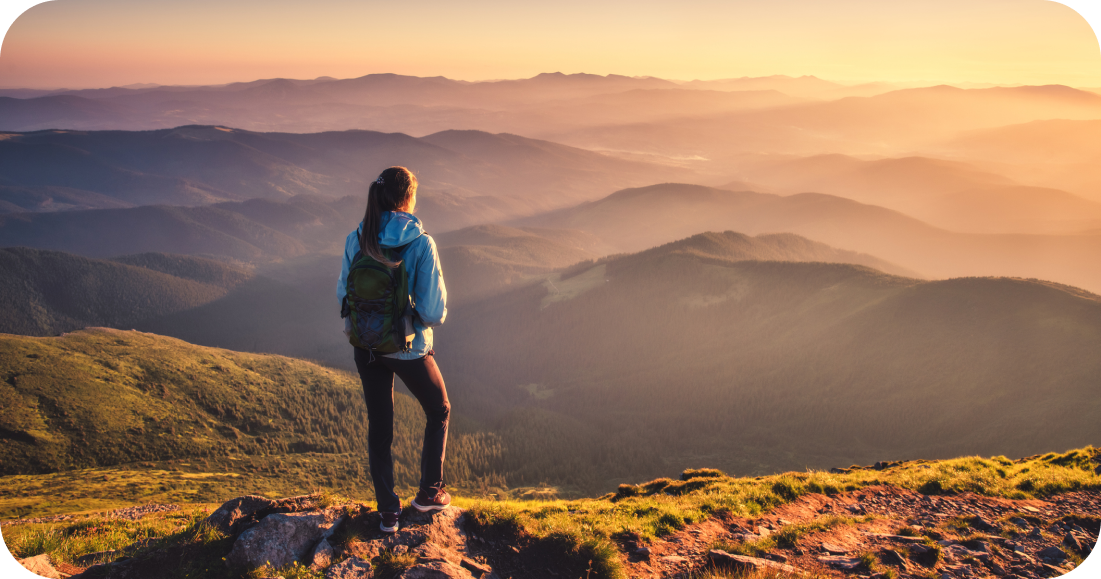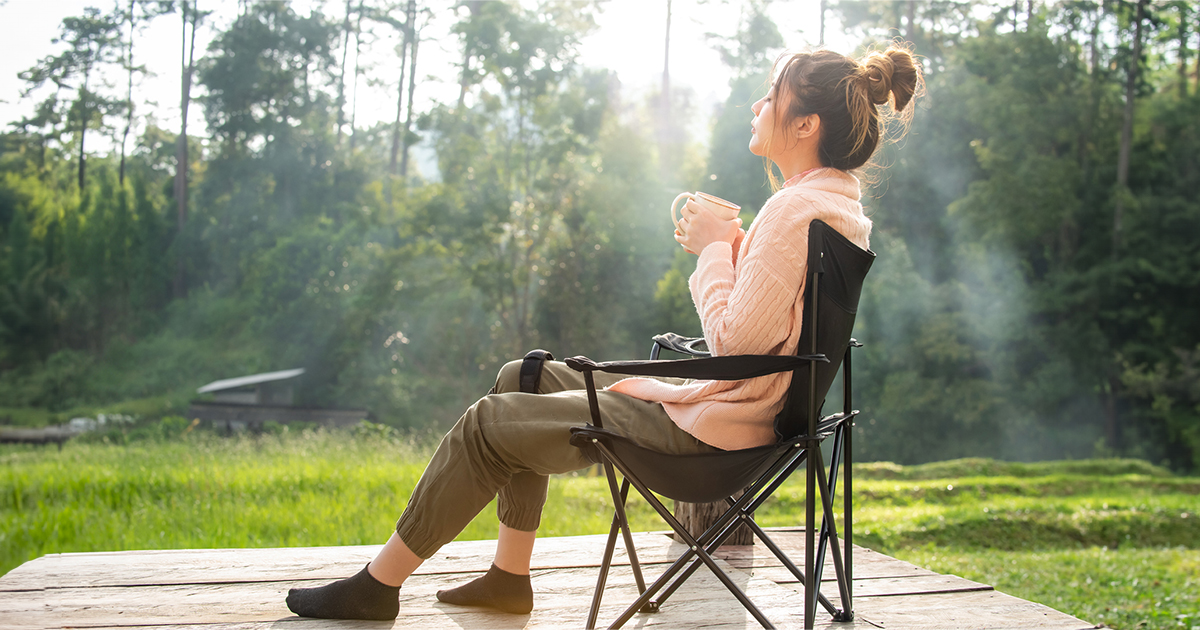First, feel your feet on the floor. I’m serious. Really feel your feet on the floor. It doesn’t matter if you’re wearing shoes or socks. Just tune into the sensation of your feet against the ground, the floor, the carpet, etc.
Are your feet warm or cold? Do they tingle? What does it feel like when you press down with 1 foot? Now try pressing down with the other. Alternate between the two. You can also do this with your hands on any surface. Tune in to the sensation of pressing into the ground or surface.
Next, breathe fully. You don’t need to take a huge, deep breath. But if you’re feeling anxious, you’re likely taking shallow breaths. Just let yourself breathe. No need to focus on it. Just relax your shoulders, chest, and belly so you can get some air.
OK now, back to the feet. Press both feet into the ground as hard as you can. Hold for 4, 3, 2, 1. And release.
Now, let your feet rest against the ground. Feel the actual gravity. The inherent connectivity between you and the ground. Again, notice the sensations in your feet.
That’s you. Right here in space and time wherever you are. What you’re practicing by tuning in to these sensations is called grounding. It’s an exercise that helps get us out of our heads and into our bodies and environments.

Achieve your mental wellness goals
AbleTo programs give you 24/7 access to tools, activities, and content tailored to your needs. Sign up or log in to start exploring.

Why grounding exercises can be so helpful
Our brains are great. But sometimes they’re so great at imagining things and predicting things and preparing for future scenarios that they forget to take care of the here and now.
This can lead to “precrastination” Or, taking action before it’s needed.
“Many people do this to avoid facing their fear of the unknown,” says Giselle Alexander, LCSW, a licensed therapist and AbleTo program advisor. “Grounding pulls you into the present moment and slows your thoughts down so you can focus on what’s happening now.”
Imagine for a moment a person who has been tasked with climbing over a mountain to get home. There they are, standing in front of a giant mountain, unsure of their route, their gear, the weather, etc.
They’re panicking. This mountain is so big! How will they ever climb it? How will they get home safely? No matter what, this person has a difficult task ahead of them. But they have a few options:
- Give in to their fear and give up on home.
- Start climbing without a plan because they must. After all, the mountain is huge! They have to! They have no choice!
- Get grounded so they can inventory their gear, map out a few potential routes, gather people to help, and begin the trek with a plan.
Obviously, we’re advocates of the third option. And yes, sometimes getting grounded is tricky.
Sometimes it might take a few meditations, a few days, a few phone calls to close friends. But getting grounded is the first step to getting anywhere.
Put in the work
Stress and anxiety are big weights. Getting out from under them takes work. And I know for a lot of us, more work is not what we need right now. But thankfully, the first step is easy: All you need to do is feel your body connecting with the ground.
Out of your head, into your environment, ready to make a plan.
Need help putting these tips into practice?
You may be eligible for virtual therapy, coaching, or on-demand self care from AbleTo. Each program is designed by clinicians and grounded in science. Sign up today and get the support you deserve.
By Kelton Wright
Kelton Wright is an author, editor, and athlete passionate about helping people live happier lives. She’s taught mindfulness to NFL coaches, led hundreds of women through cycling clinics, written an Amazon bestseller on dating, and worked with brands like Runner’s World, Rapha, Headspace, Teen Vogue, Bicycling magazine, Thrive Market, Skratch Labs, Peloton Magazine, and more all with the mission of empowering others.
Clinically reviewed by Sarah Dolling, LPC, Clinical Content Producer at AbleTo.
Photo by CandyRetriever/iStock. Individuals in photographs do not represent AbleTo participants.
The information featured on this site is general in nature. The site provides health information designed to complement your personal health management. It does not provide medical advice or health services and is not meant to replace professional advice or imply coverage of specific clinical services or products. The inclusion of links to other websites does not imply any endorsement of the material on such websites.


